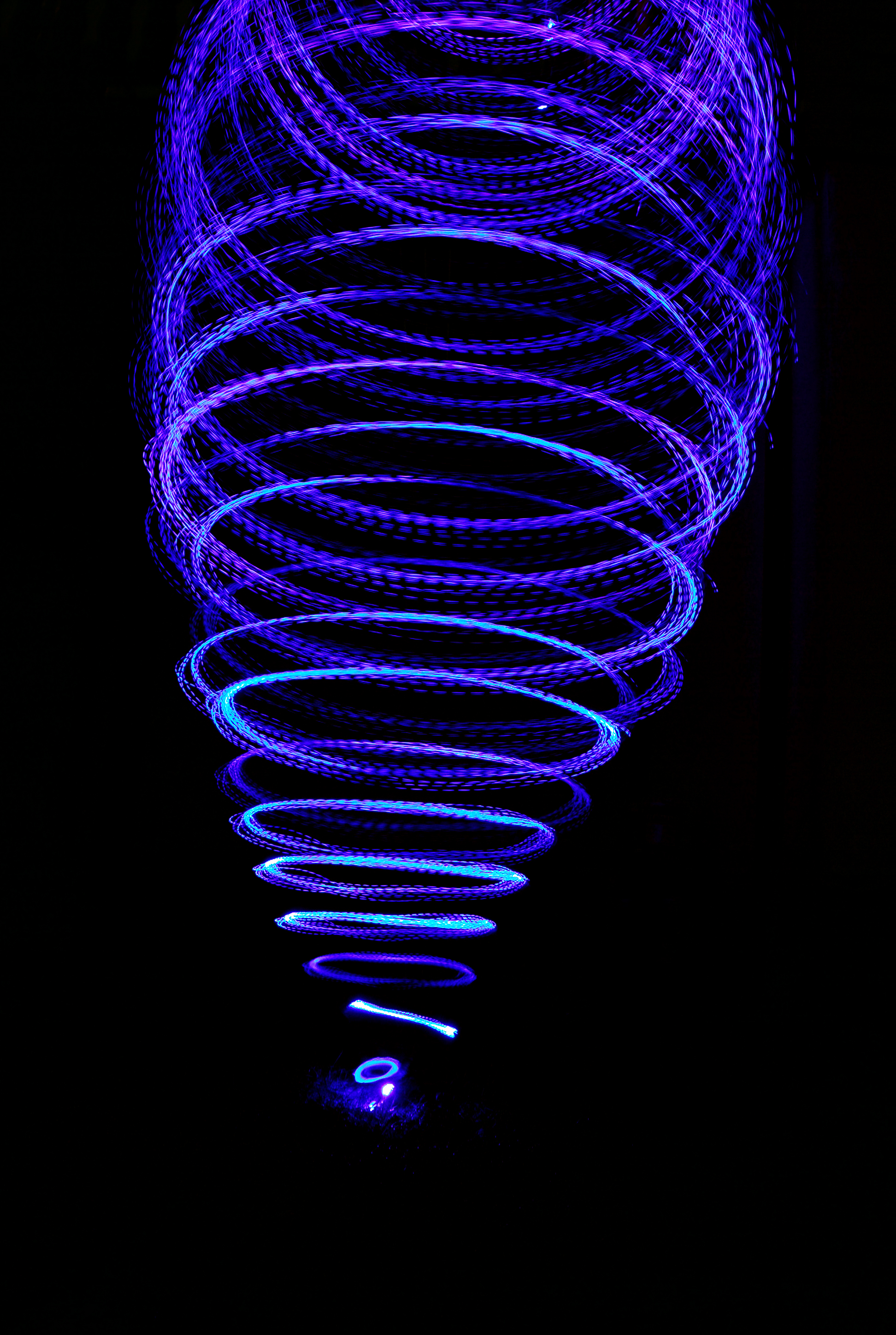 The Whirlwind of Emotional Energy
The Whirlwind of Emotional Energy
A powerful, and on target comment came into this blog after I posted my response to the PopSugar article, “How to Deal With Your Child’s Public Meltdown Without Causing a Major Scene.”
The commenter’s point is a valid one. What follows is the comment, and my response.
The commenter said, “You don’t “allow” tantrums? I don’t like that statement. Tantrums are normal. You even said it yourself in your blog above. I usually park the grocery cart and speak to my boys. Are you hungry? Are you bored? Are you upset I set a limit about what you couldn’t have? Going outside when you potentially have more than 1 child in the winter time isn’t a practical solution at all. It’s basically so you don’t feel embarrassed because apparently grocery stores are some magical place where kids should behave according to adults. When in fact, it’s a sensory overloaded place full of strangers and things they can’t have. Staying in the store sends the message that they CAN handle it and that I can too!”
At the end of the blog piece I did indeed say, “I will not allow tantrums.” I apologize for not being as clear as I could have been. Let me clarify.
A “tantrum” has a core feeling buried in the center of it. What surrounds the core feeling is what I describe as a “whirlwind of out of control frenetic energy.” It’s this energy I suggest parents teach their children about.
When a child isn’t able to express a core feeling, it grows and grows inside of them until it becomes a whirlwind of out of control frenetic energy. That frenetic energy is managed far better when interpreted as an emotional alarm, versus being seen as misbehavior. Shifting how you view this whirlwind of energy allows you to give your kids the emotional skills to manage it when it arrives, instead of yelling or punishing them, which teaches them nothing but to repress it even more. Even a 2 yr. old can be shown, in an “age appropriate” way, how to tell you about their important feelings versus being left to their own resources and consumed by the whirlwind.
For most parents, the frenetic energy a child produces creates an emotional fog inside of the mind, as stated in yesterday’s blog post. This emotional fog stops your ability to think calmly. It may even cause you to believe that you don’t know what to do to help your child control the whirlwind, so you react.
Most children can’t stop the whirlwind all by themselves, they need their parents help, not punishment. That’s why I called my work Proactive Parenting. Being proactive means being aware of the many signals that pop up telling you your child isn’t managing a situation well so you can address what’s going on before your child has no recourse but to unconsciously use the whirlwind to make a point.
The commenter also stated that going outside with more than one child in the wintertime is not practical. Here again, I apologize. I live in CA, but was raised in PA, and had forgotten about weather.
Once a child is in the middle of a “tantrum,” going to the corner of the store, or walking away from the “action”, or leaving the store does two things. As you walk away you are breathing, and that breathing helps you regain your ability to think. It sounds like the commenter is already quite capable of retaining her composure in the face of the whirlwind energy, and that’s exactly what you want.
Tantrums and outbursts are normal, it’s what you do next that counts. It’s about how you respond to it? When your child expresses him/her self through a whirlwind of out of control frenetic energy, aka a tantrum, how do you handle it? Do you have a grown up tantrum in response? A child sees your anger, yelling and punishing as a grown up tantrum in action.
Thanks to commenter for holding me accountable to be clearer.
